Richmond Vale Academy continues to rebound and adapt after La Soufrière volcanic eruption
Saint Vincent and the Grenadines (SVG) may stir up visions of balmy tropical weather and beautiful beaches; however, there is so much more to the identity of this southern Caribbean nation. The island nation has nearly 111,000 citizens and is a definitive agricultural hub that exports bananas, arrowroot, sweet potatoes, plantains, and yams among other produce. Saint Vincent is also home to Richmond Vale Academy (RVA), which is a climate center with the aim of making SVG climate-resilient. It is also a school for climate activists.
RVA gives its local and international students the opportunity to make a difference within the SVG community by establishing sustainable home gardens in partnership with community members while building environmental conservation and climate resilience awareness. The school has definitely faced its fair share of challenges during the volcanic eruptions of La Soufriere earlier this year. RVA had to relocate when the volcano erupted and afterward removed more than 1,000 truckloads of ashes from roofs, gardens, and fields, and rebuilt damaged buildings and infrastructure.

RVA is located a few km from the village of Chateaubelair, inside the volcanic red zone in the north of the island. Thanks to the scientists' methodical tracking of the volcano's activity level before the eruption, RVA and about 20,000 people evacuated from the red-zone prior to the eruption. However, RVA's main campus suffered a lot of damage to the buildings, land and farms.
Planet Aid had the opportunity to interview RVA's Manager of Marketing and Enrollment, Else Marie. We spoke about some of the challenges the school has faced, but also about the impact, the school and teachers make through its hands-on, community-centered way of teaching.
Planet Aid: World Teacher's Day is celebrated in October. Tell us about the distinct brand of teachers who work at Richmond Vale Academy.
Else Marie: The teachers at RVA are not just classroom teachers - they deal with issues outside of the classroom and share important life issues. They also guide students in their development of listening to different points of view, understanding other cultures, and working as a collective.
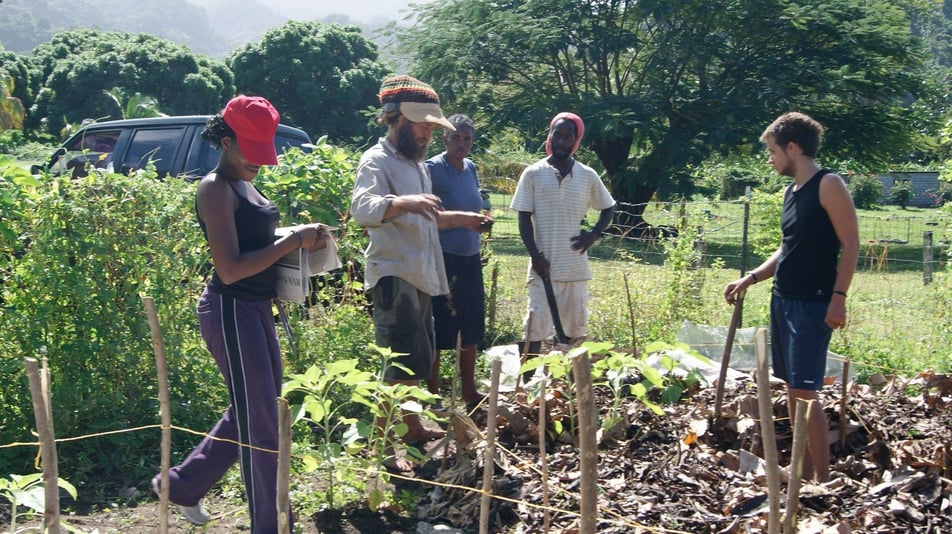
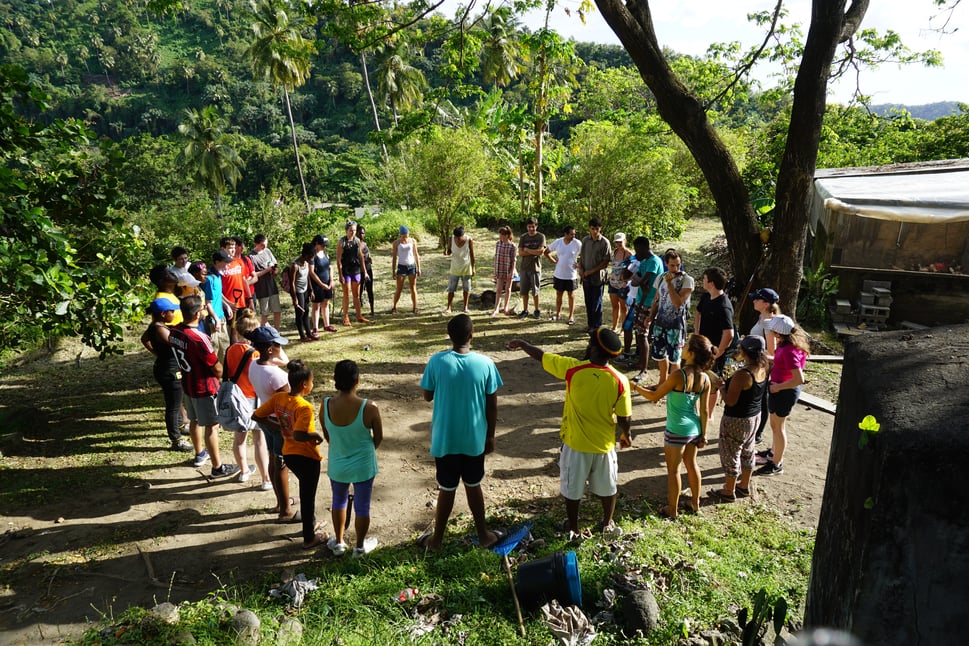
Planet Aid: Poverty reduction, environmental conservation, and climate change awareness are the emphases of Richmond Vale Academy's teaching. Have any of the teaching goals of the academy shifted or advanced in the wake of the volcanic events of this year?
Else Marie: Since the beginning of RVA, many years ago, we have had many Vincentian and foreign students, but now we have decided to train many more Vincentians to rebuild after the volcano eruption and to speed up the climate adaptation.
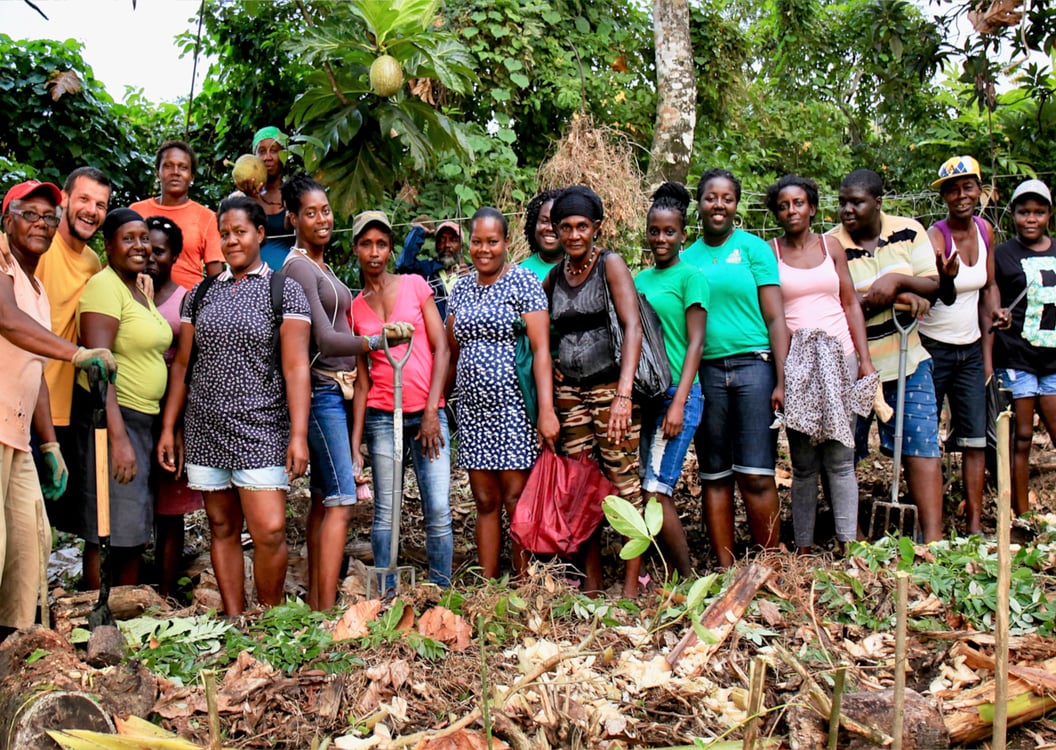
Planet Aid: Does RVA follow modern trends in agricultural development, or are the practices rooted more in traditional farming methods?
Else Marie: RVA teaches permaculture design practices. This means working with nature instead of against it. But, many traditional methods work well in our farming programs too.
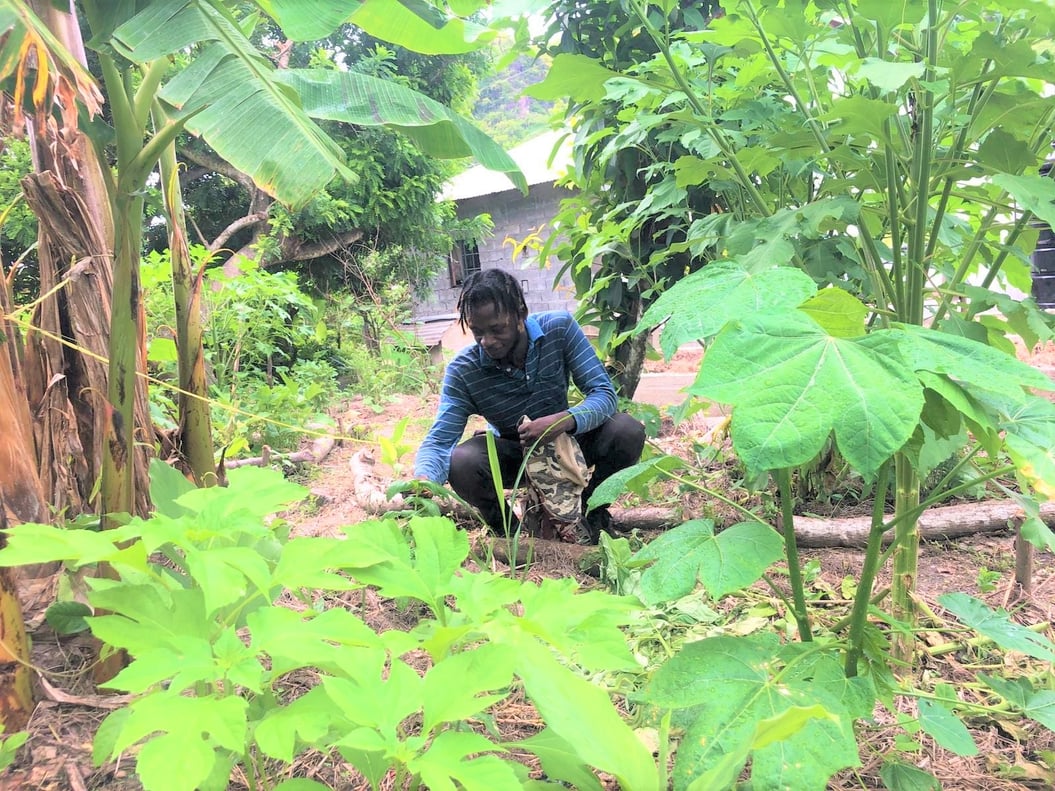
Planet Aid: The school was a force in the community after April's volcanic eruptions… from soliciting donations and distributing clothing together with the volunteers of NEMO.* Why did you feel like this was something RVA should do?
Else Marie: During a crisis like the volcano eruption, we had to support in every way so we raised money and bought animal feed for farmers whose ground was covered with volcanic ash. We also worked with key persons in the community to provide monetary support, cleaning tools, and we also went around to shelters to teach organic farming.
Vincentians, the international community as well as neighboring Caribbean islands, contributed food and monetary support to the evacuees. There is a general goodwill to support this small country to rise from the volcanic ashes.
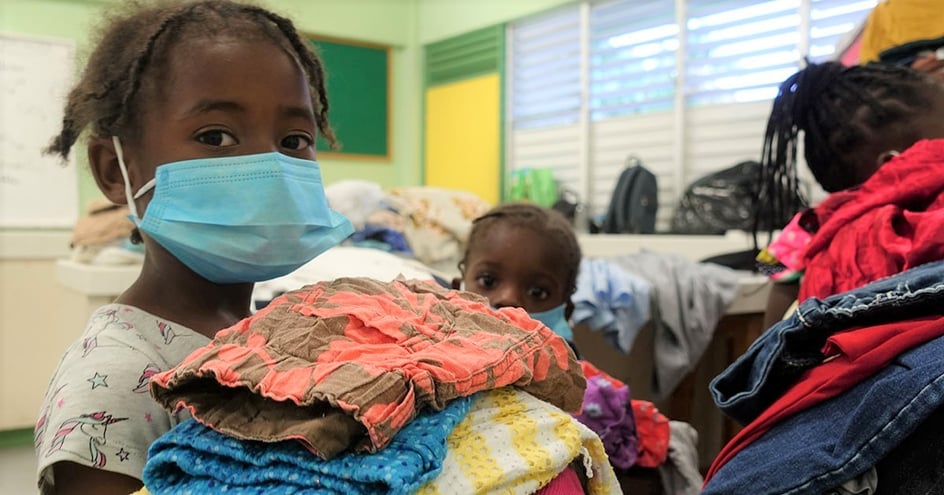
Planet Aid: RVA and volunteers from NEMO (National Emergency Management Organisation) distributed a container full of donated clothing* to the residents of SVG. How did that happen?
Else Marie: RVA and NEMO applied for a container with 30.000 pieces of donated used clothes. The school and NEMO distributed the clothing to SVG residents who lost housing and clothes during the volcanic eruptions.
Planet Aid: All of this took place during the pandemic, so how did you adjust to deal with the very real COVID-19 dangers and regulations?
Else Marie: We all were vaccinated and followed CDC's recommendations.
Planet Aid: What are you most looking forward to as the school progresses toward its "new normal?"
Else Marie: To have RVA full of students. We are removing the volcano ashes and renovating buildings damaged by the eruption. A lot has been lost, but we have hope, not only to rebuild, but also to continue to create a model for sustainable living with and for the people of Saint Vincent.
*Planet Aid, Garson & Shaw, and Nicamerica Clothing, S.A., shipped a container with nearly 20,000 pounds of donated clothing and toiletries to National Emergency Management Organization NEMO for distribution to the residents of Saint Vincent and the Grenadines.
